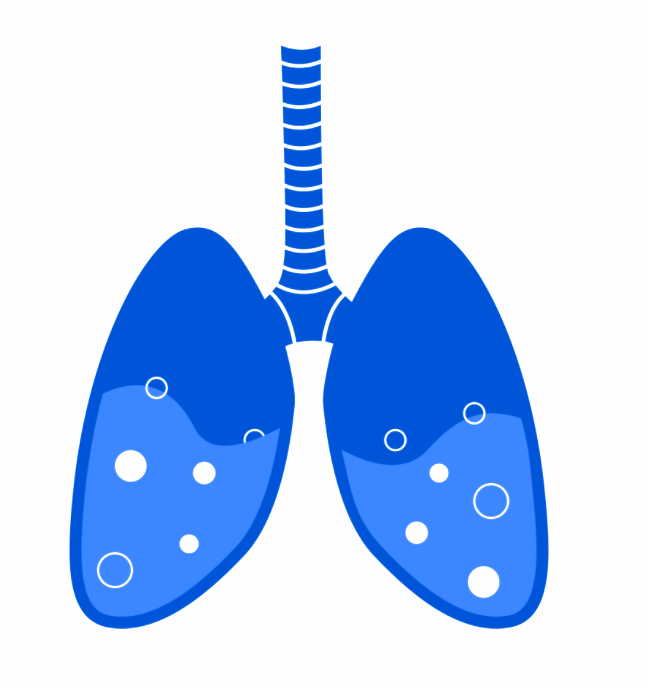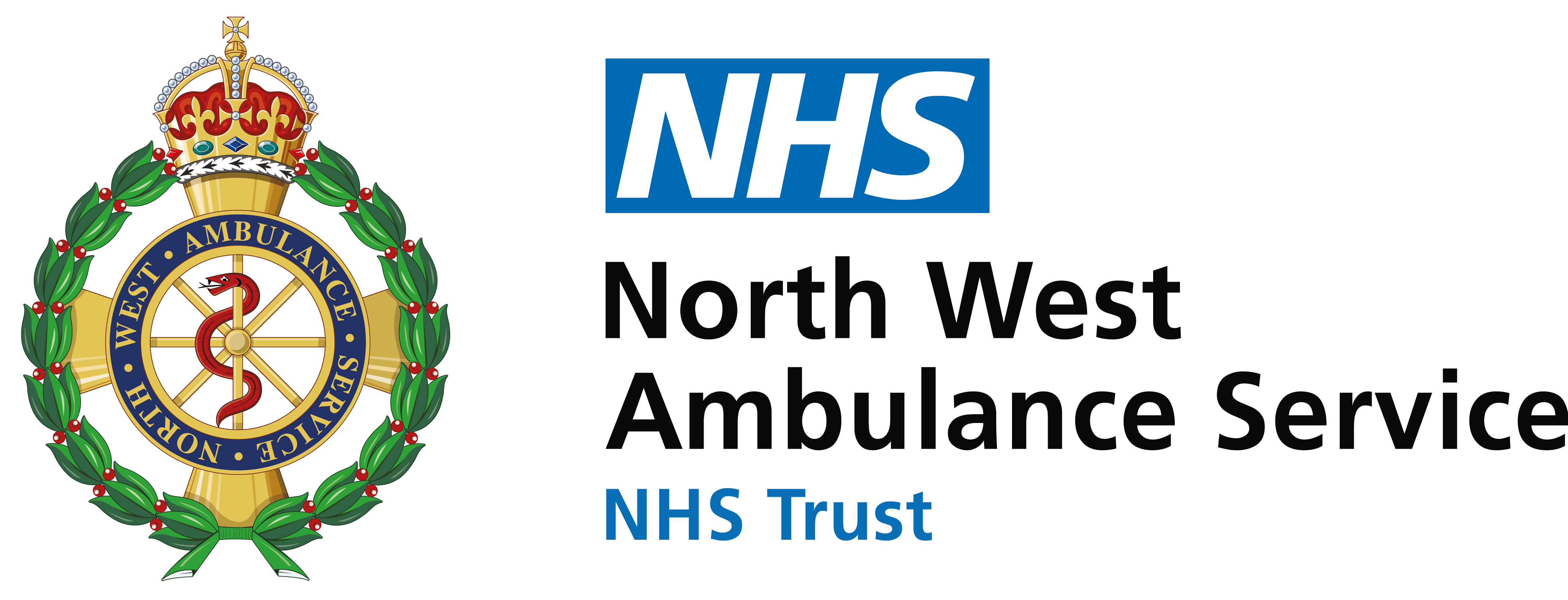Assessing the Baby: Breathing
The transition to newborn life involves major cardiovascular changes that are triggered by lung aeration.
It is now well established that lung aeration, the increase in pulmonary blood flow and maintenance of cardiac fu nction in the newborn period are intimately linked.
nction in the newborn period are intimately linked.
Before birth the future airways of the lungs are liquid-filled and the lungs take no part in gas exchange, which instead occurs across the placenta and at birth the airways must be cleared of this liquid to allow air entry and the onset of pulmonary gas exchange.
Breathing (usually seen as crying, but not always) typically starts spontaneously within a minute of birth – but sometimes perfectly health babies can take longer to take their first breath so it is important to review the whole clinical picture and review the Newborn Life Support Algorithm for clarity.
Most babies start breathing with a continuous regular pattern within 30-90 seconds of birth.
NOTE: Gasping is an indicator that breathing support may be required and apnoea following gasping will require clinical intervention to aerate the lungs using the NLS algorithm to structure this approach.


